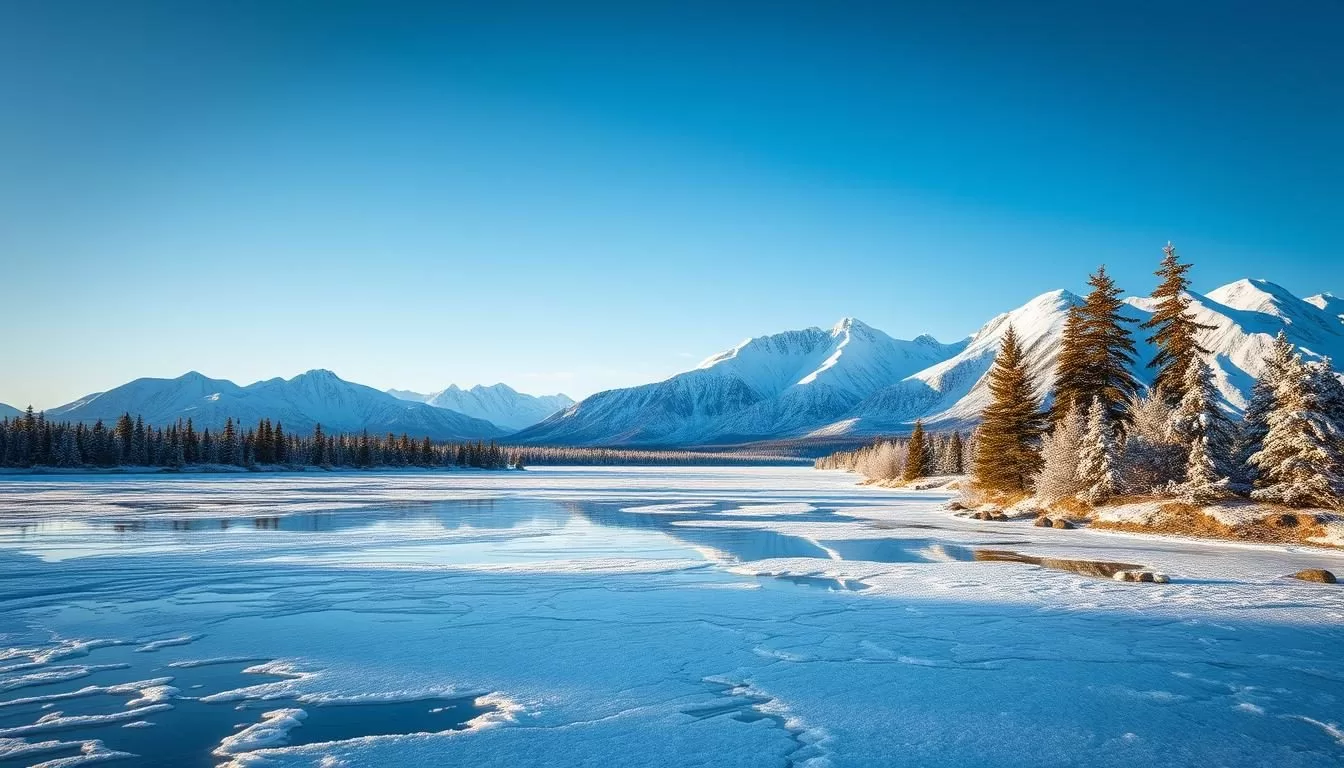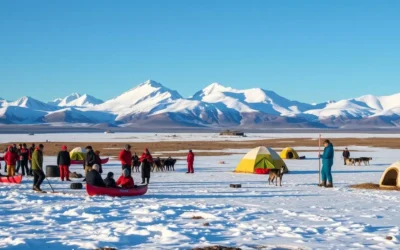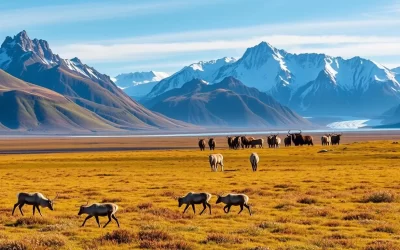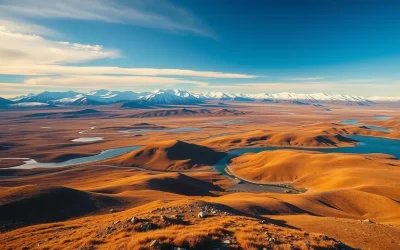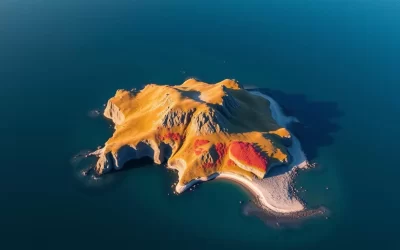✓ Accommodations ✓ Flights ✓ Rental Cars
Planning a trip to Nunavut requires understanding its unique and varied weather conditions. As the largest and newest territory of Canada, Nunavut’s climate is far from temperate, characterized by extreme cold and dramatic seasonal changes.
You’re about to embark on an adventure to one of the world’s most remote and fascinating destinations. Temperatures in Nunavut can range from -50°C in winter to 30°C in summer, depending on the region you visit. The territory’s extreme climate variations and unique daylight patterns make it essential to plan your trip according to your interests, whether you’re seeking wildlife encounters, cultural experiences, or natural phenomena like the aurora borealis.
Understanding the weather patterns will help you pack appropriately and make the most of your travel time in this vast Arctic territory.
Understanding Nunavut’s Unique Arctic Climate
Nunavut’s Arctic climate is characterized by its uniqueness and vast regional variations. This vast territory experiences a climatic condition that is distinct from the rest of the world, with five distinct seasons rather than the traditional four.
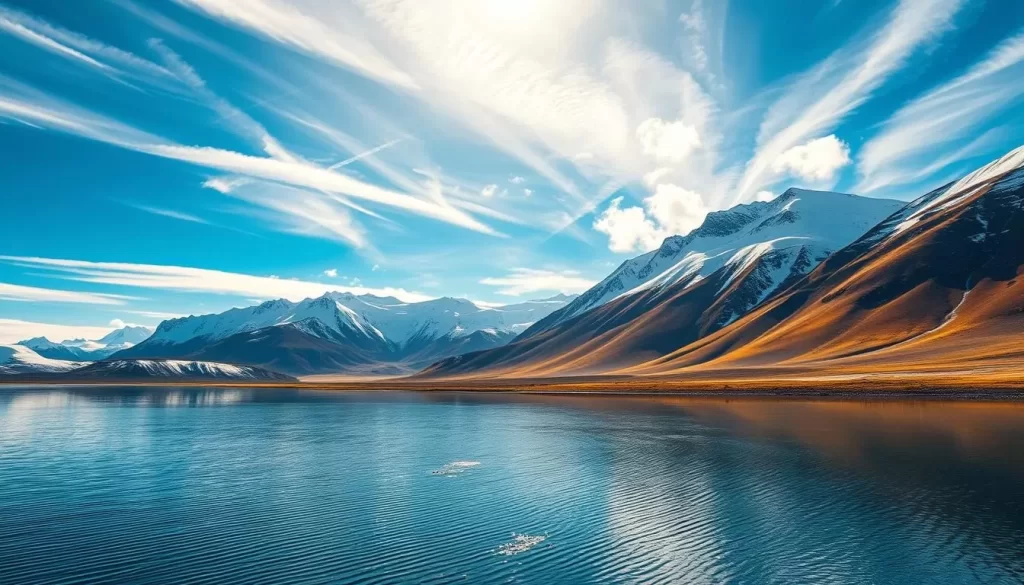
The Five Seasons of Nunavut
Nunavut is known for having five seasons across the territory, which are experienced differently due to its vast size. The Inuit have developed a traditional seasonal calendar that guides life in this region, reflecting subtle environmental changes. This unique seasonal pattern is crucial for understanding what grows and what wildlife is in abundance from month to month.
Temperature Variations Across Regions
Temperatures in Nunavut vary widely by community. For instance, Kugluktuk is known as the warmest community, with summer highs reaching up to 30°C and winter temperatures ranging from -15°C to -40°C. On the other hand, Grise Fiord is the coldest, with summer temperatures sometimes rising above freezing to 5°C and winter temperatures frequently dropping to -50°C. Understanding these regional variations is key to selecting the right community to visit based on your weather preferences.
Summer in Nunavut: The Midnight Sun Experience
As you journey to Nunavut during the summer, you’ll be treated to a unique experience known as the Midnight Sun. This phenomenon occurs when the sun remains visible at midnight, providing 24-hour daylight. The further north you go above the Arctic Circle, the greater the number of days with complete 24-hour sunshine.
June to August Weather Patterns
During the summer months (June through August), Nunavut experiences moderate temperatures in many communities, ranging from 5°C to 11°C. However, temperatures can occasionally soar to 30°C in places like Kugluktuk. The prolonged daylight creates ideal conditions for outdoor activities and wildlife viewing.
| Month | Average Temperature (°C) | Daylight Hours |
|---|---|---|
| June | 8°C | 20 hours |
| July | 11°C | 24 hours |
| August | 9°C | 18 hours |
Summer Activities and Opportunities
Summer is the peak tourist season in Nunavut, with numerous activities available, including hiking, kayaking, and boat tours. The 24-hour daylight allows for extended outdoor adventures and wildlife viewing, with opportunities to see polar bears, whales, and various bird species. Cultural events and festivals are also concentrated during the summer months, making it an ideal time to visit.
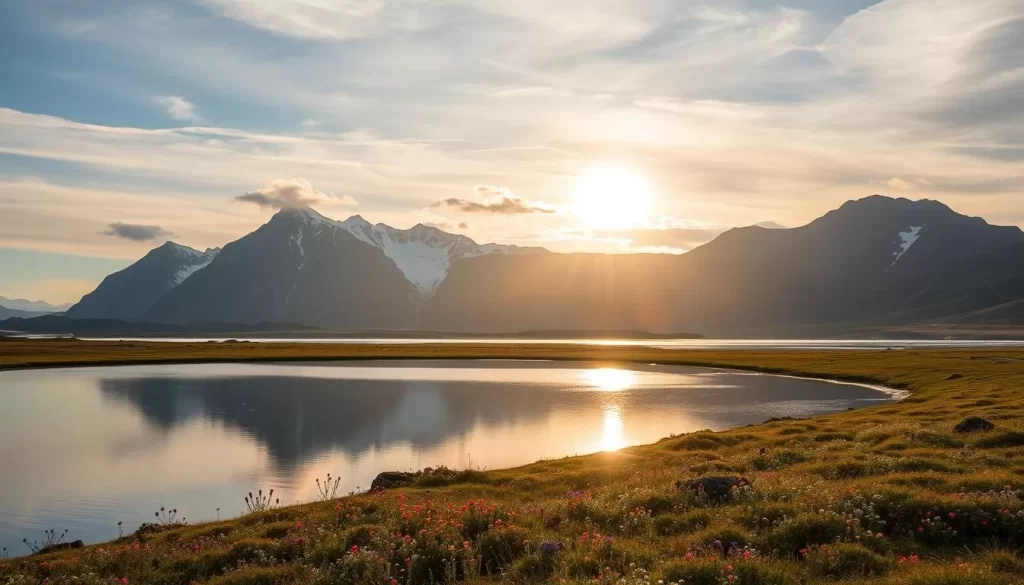
Make the most of your trip by planning your activities according to the weather and daylight. Don’t forget to pack an eye mask to help maintain your normal sleep schedule despite the continuous daylight.
Fall in Nunavut: September’s Changing Landscape
The onset of fall in Nunavut during September is a time of dramatic change. As the summer solstice passes, the days shorten, and temperatures begin to drop, creating a short but distinct fall season. This period brings a unique charm to the landscape, making it an attractive time to visit.
Temperature and Daylight Expectations
In September, Nunavut’s temperatures average between 2°C and 8°C. The fall season is characterized by rapidly decreasing daylight hours and dropping temperatures. You can expect fall temperatures to range from -6°C to 7°C, depending on the community. Coastal areas tend to remain warmer than inland locations. Be prepared for unpredictable weather, with conditions ranging from mild days to potentially snowy, cold evenings.
Fall Activities and Fewer Crowds
September is an excellent time to visit Nunavut if you prefer fewer crowds. The landscape transforms with tundra vegetation turning vibrant reds and golds, offering spectacular photography opportunities. Wildlife viewing is also excellent during this time, with caribou migrations being a highlight. With the return of night skies, the first glimpses of the Northern Lights become possible. Local cultural events continue into the fall, providing authentic experiences with fewer tourists. You’ll find better availability and potentially lower rates for accommodations and guided excursions during this shoulder season.
Winter in Nunavut: Embracing the Arctic Chill
As you venture into Nunavut during winter, you’re in for an adventure like no other. The Arctic landscape transforms into a frozen world, offering unique experiences that are both exhilarating and humbling.
November to March Weather Conditions
During Nunavut’s winter months, from November to March, temperatures can drop below -30°C and sometimes reach as low as -50°C in the northernmost communities. The days are short, and communities north of the Arctic Circle experience polar nights, where the sun doesn’t rise for weeks or even months.
Weather Conditions in Nunavut
| Month | Average Temperature (°C) | Daylight Hours |
|---|---|---|
| November | -20 | 6-8 |
| January | -30 | 4-6 |
| March | -25 | 8-10 |
Winter Cultural Experiences and Northern Lights
Despite the harsh conditions, winter is a great time to experience Nunavut’s rich culture and witness the breathtaking Northern Lights. You can participate in traditional activities like dog sledding, igloo building, and ice fishing. Local winter festivals celebrate Inuit culture, offering insights into the community’s survival skills and traditions.

For those seeking adventure, winter activities include snowmobiling, cross-country skiing, and snowshoeing on specially marked trails. With proper preparation and gear, you can enjoy the pristine snow-covered landscapes and crystal-clear star-filled skies that Nunavut has to offer during the winter season.
Nunavut, Canada: Best Months for a Weather-Savvy Trip
The best time to visit Nunavut depends on your interests and what you want to do during your trip. Different seasons offer unique experiences, making Nunavut a versatile destination throughout the year.
For Wildlife Enthusiasts: April-May and August-September
For those interested in wildlife, the transitional periods of April-May and August-September are ideal. During these months, animals are more active, and the increasing daylight in spring makes spotting easier. Spring brings migratory birds, and the cold temperatures ensure stable ice conditions, perfect for tracking.
For Northern Lights Seekers: October-April
If you’re chasing the Northern Lights, plan your trip between October and April. March is particularly favorable as it offers a mix of daylight for daytime activities and dark nights for aurora viewing. The dark skies during these months provide optimal conditions for witnessing this natural phenomenon.
| Month | Activity | Weather Condition |
|---|---|---|
| April-May | Wildlife viewing | Cold, increasing daylight |
| June-August | Hiking, kayaking | Mild, 24-hour daylight |
| October-April | Northern Lights | Dark skies, cold temperatures |
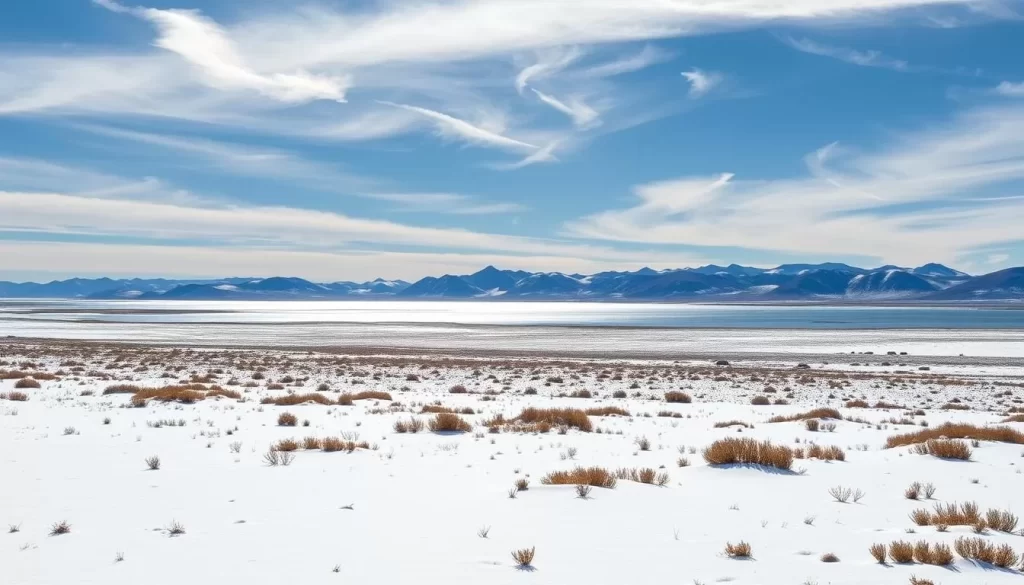
Conclusion: Planning Your Weather-Wise Nunavut Adventure
Embarking on a journey to Nunavut is a significant undertaking, but with the right preparation, it can be an incredibly rewarding travel experience. You now have a comprehensive understanding of Nunavut’s unique climate patterns and how they affect travel experiences throughout the year.
When planning your trip, consider aligning your visit with your primary interests—whether that’s wildlife viewing, cultural experiences, Northern Lights, or summer activities under the midnight sun. Building flexibility into your itinerary is essential due to unpredictable weather conditions.
By working with specialized Arctic travel operators and staying informed about local events and festivals, you can ensure a successful and enjoyable visit to this extraordinary destination.
The above is subject to change.
Check back often to TRAVEL.COM for the latest travel tips and deals.
